Mycology: The Study Of Fungi
Psilocybe Genus
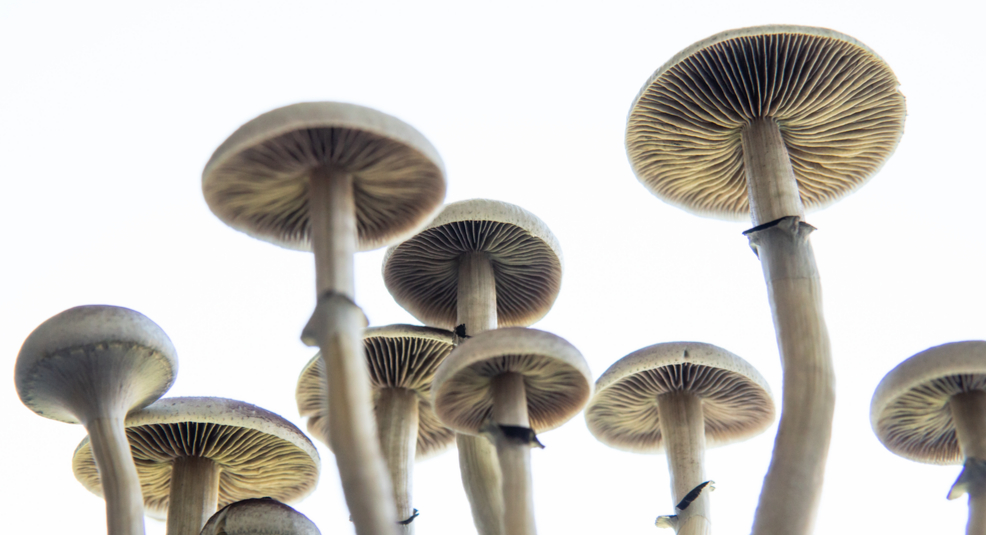
The Psilocybe genus is comprised of a number of species that produce psilocybin, psilocin, and baeocystin. Although P. cubensis is the most commonly cultivated and consumed, they are of a minority of Psilocybe that are coprophilous, meaning that they are naturally found growing on animal dung – in this case usually ungulate herbivores. However, it is not the dung providing the nutrients for the mycelium but the digested grains contained within. All species within the genus are saprotrophs, meaning they subsist on decaying wood or other plant matter. It is also possible for the psilocybin species to form sclerotia (sometimes called truffles or stones) beneath their substrates. These are compact masses of hardened mycelium containing food reserves, which enables a longer term, dormant survival until surface conditions are again optimal for sexual reproduction via the normal fruiting process. People in certain parts of the world use this as a legal work-around where only specifically mushroom fruits are illegal, as the sclerotia are technically not fruits. Psilocybin sclerotia retain psychoactivity, but usually at a reduced potency.
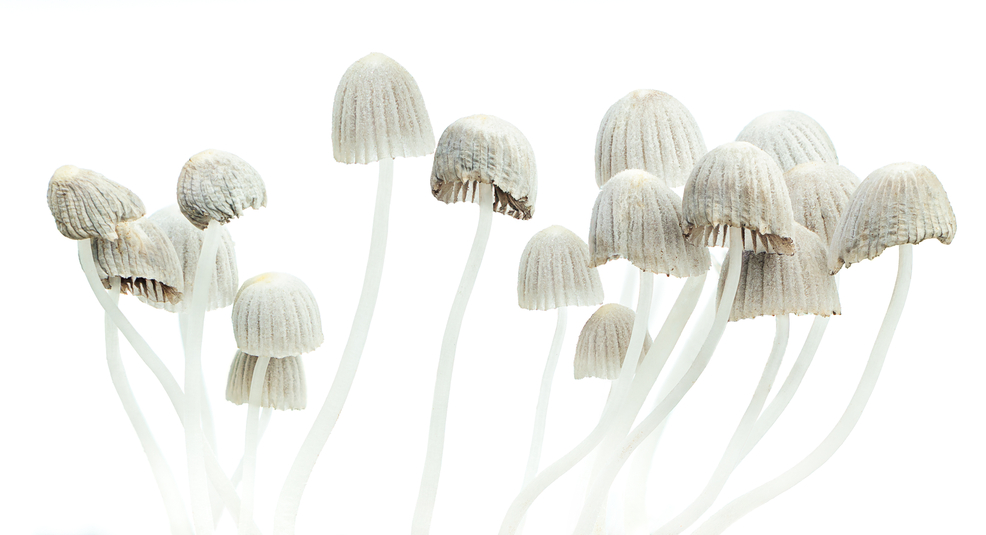
Psilocybe mexicana (fruit)
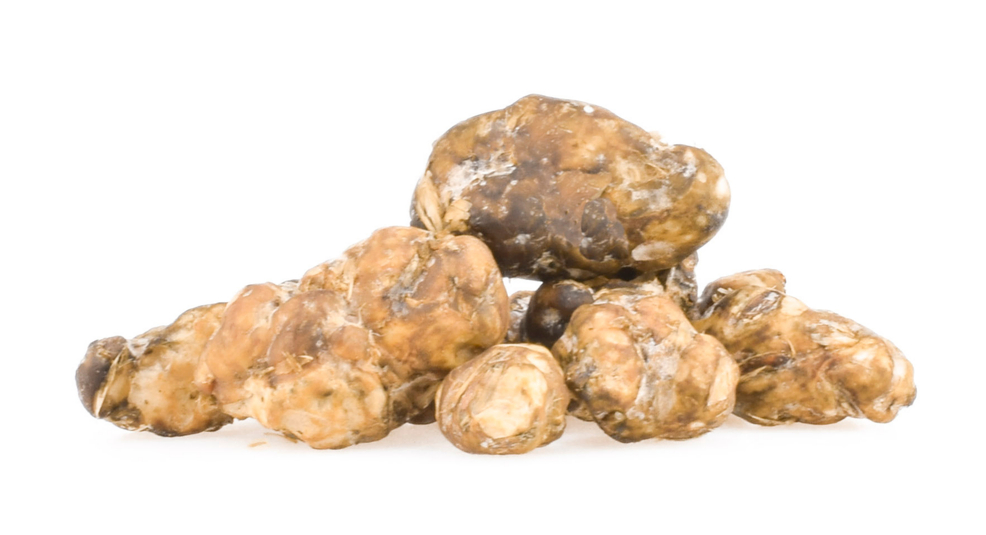
Psilocybe mexicana (sclerotia)
Psilocybes cubensis cultivators have also begun to isolate a number of cultivars, akin to cannabis strains, within the species depending on what characteristics they find desirable. These are usually individual fruit size, overall yield, or potency. Some mutations even develop drastically different shaped fruits that often have 2-3x the potency of average wild P. cubensis, although they are still the same species genetically.
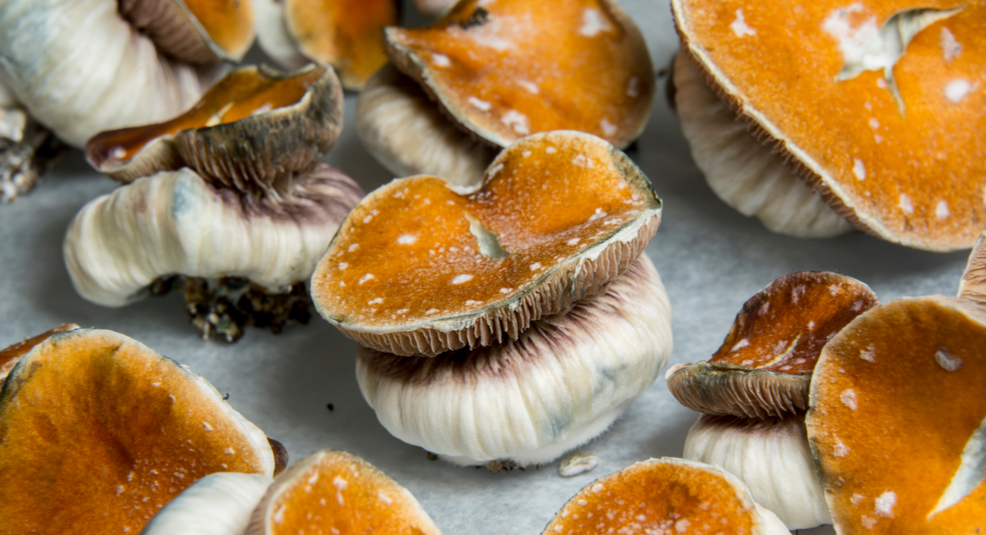
Note: Whether obtaining psilocybin-containing mushrooms from nature or otherwise, always take care to make sure they are properly identified and/or come from a trusted source.
Species & Foraging
Many features of mushroom fruit bodies are used for identification purposes, including the cap, stem, gills, spore color, grouping and habitat. While there are no known fungi in the North or South American continents that can harm a person by touch, do not ever ingest any fungi that have not been 100% positively identified. It is also important to remember with all fungi that the living organism is the mycelium and the fruiting bodies are analogous to fruit on a tree. Harvesting foraged mushrooms does not harm the mycelial colony unless the ground is severely disturbed, and can often help spread spores enabling the species to further propagate. That being said, sustainability is always a concern, and one should never take more than they can properly utilize whether for culinary, medicinal, or entheogenic purposes.

Psilocybe cubensis are found growing from ungulate feces, usually bovine, in tropical regions (basically everywhere from Texas to Florida in the southern US) worldwide. Named as such because they were first described in Cuba, they are often confused with members of the Deconica or Stropharia/Protostropharia genera which are also commonly found growing on feces. P. cubensis have reddish brown caps that become more golden with age, and may show some purple hues on top if spores have begun to disperse. Stems are white when young and may yellow a bit with age. The underside of the cap has a veil when young which breaks to reveal adnate gills that mature from a pallid fleshy-grey to a dark purplish-black as the spores develop. The veil remnants often remain as a “skirt-like” feature on the stem, called an annulus, which usually takes on a purplish hue from spore dispersal as well. As with all Psilocybe, blue bruising may occur on fruit bodies (as well as mycelium). This has been theorized to be the result of psilocybin oxidation or degeneration.
Note: While humans have been ingesting naturally harvested P. cubensis for thousands of years, pathogens like E. coli may still be present from the fecal exposure so caution must always be exercised.
Note 2: Fresh P. cubensis found in nature that have not been dried like the ones commonly found in the grey market, are roughly 10x heavier in water weight. For example: 10g fresh becomes about 1g dry.
Wood-Lovers
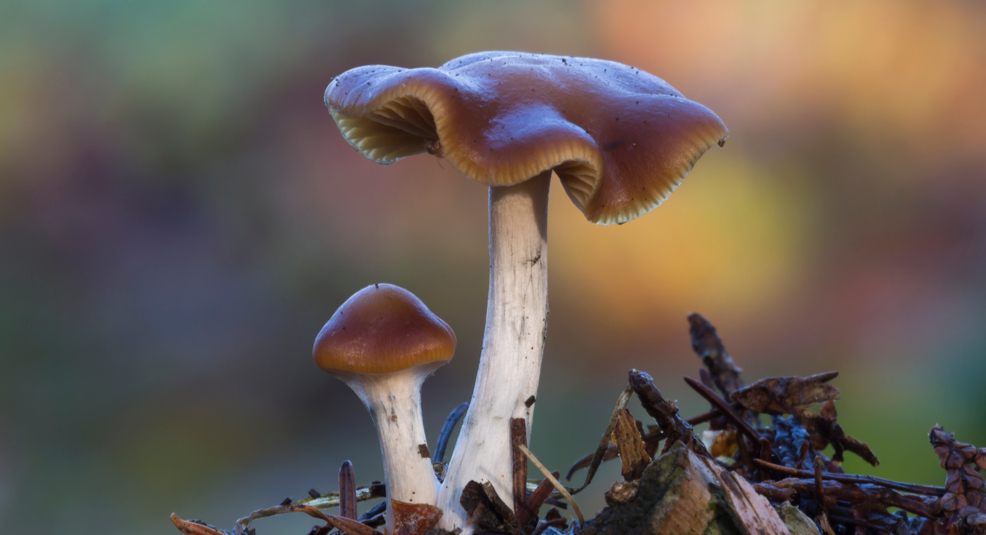
Psilocybe cyanescens
Although all Psilocybes are saprotrophs, the species often referred to as “wood-lovers” can be found growing directly from decaying wood, grasses or other plant matter. Multiple species can commonly be found growing in wood chips or mulched plant beds in business parks and schools. Their habitat and distribution tends to be further from the equator and closer to the coasts. It is often speculated that their native habitat is the Pacific Northwest due to the abundance and biodiversity present there, however their distribution is rapidly expanding via the international commercial mulch and wood chip supply chains. Fruiting is dependent on a drop in temperature, (50-65 F) which usually points to late fall or winter in most ecosystems.

Psilocybe subaeruginosa
Wood-lovers commonly exhibit chestnut to pale brown caps depending on moisture content. Caps may be flat or, especially in the case of Psilocybe cyanescens, distinctly wavy. Stems are white and without annulus, although veil remnants may be found on immature specimens. Spores will be purplish-black. It is worth noting that some users experience what is known as “wood-lover paralysis” where they feel unable to move for a period of time during their experience. It comes to pass and no harm seems to come to users but there are no known studies as to why this may happen.
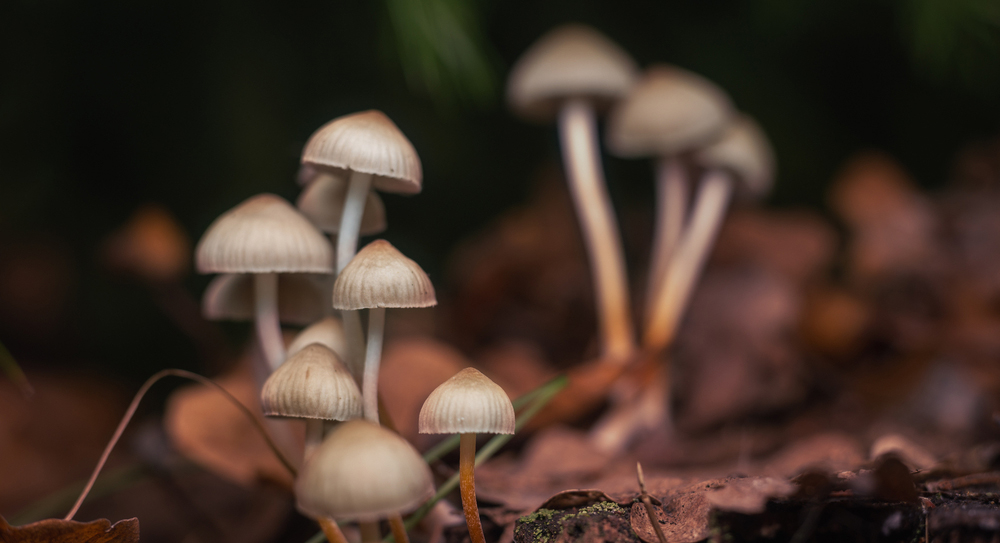
Psilocybe bohemica
Some species such as P. azurescens (found in sandy soils in the Pacific Northwest) or P. semilanceata, aka Liberty Caps, (found in grasslands in higher altitudes across much of Europe) may be smaller individually but can be significantly more potent than P. cubensis by weight.

Psilocybe semilanceata
There are over 50 species of psilocybin-containing mushrooms in Mexico, more than any other country on Earth. Mycologists like Alan Rockefeller, along with collaborators like Gastón Guzmán, work toward gaining a better understanding of these species through extensive fieldwork as well as lab work and perhaps most importantly genetic sequencing.
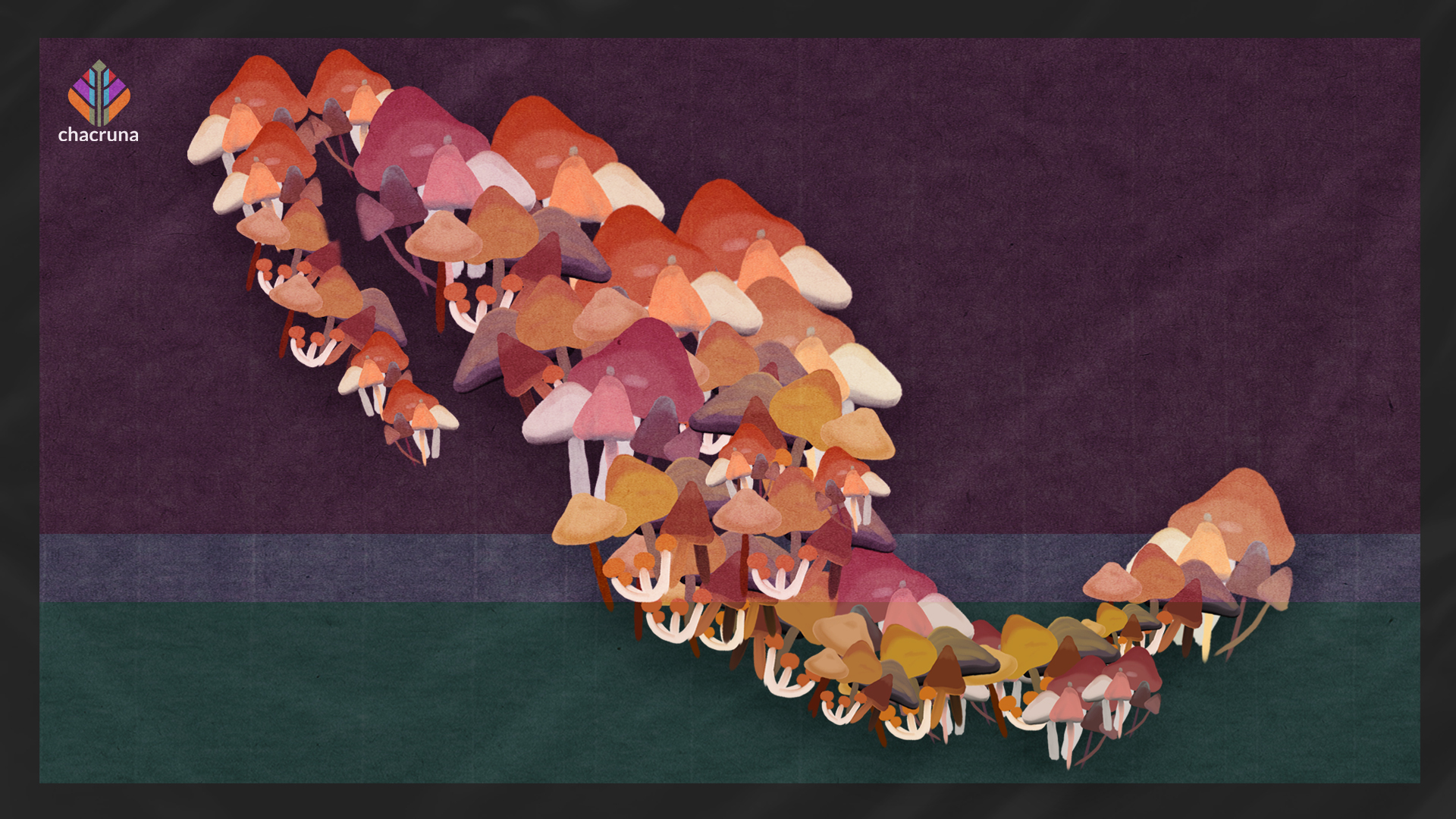
Some species in the Panaeolus genus also contain reasonable amounts of active compounds, namely Panaelous cyanescens which can be found naturally on dung in neotropical climates in both hemispheres, as well as artificial cultivations the world over. As always be 100% positive on an identification and always take precaution before ingesting any specimen, wild or otherwise.
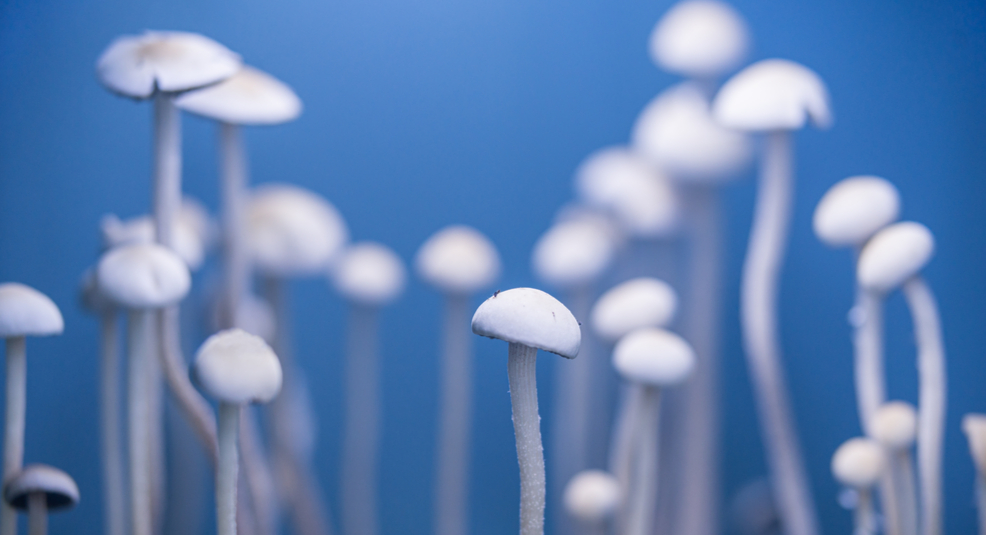
Panaeolus cyanescens (cultivated)
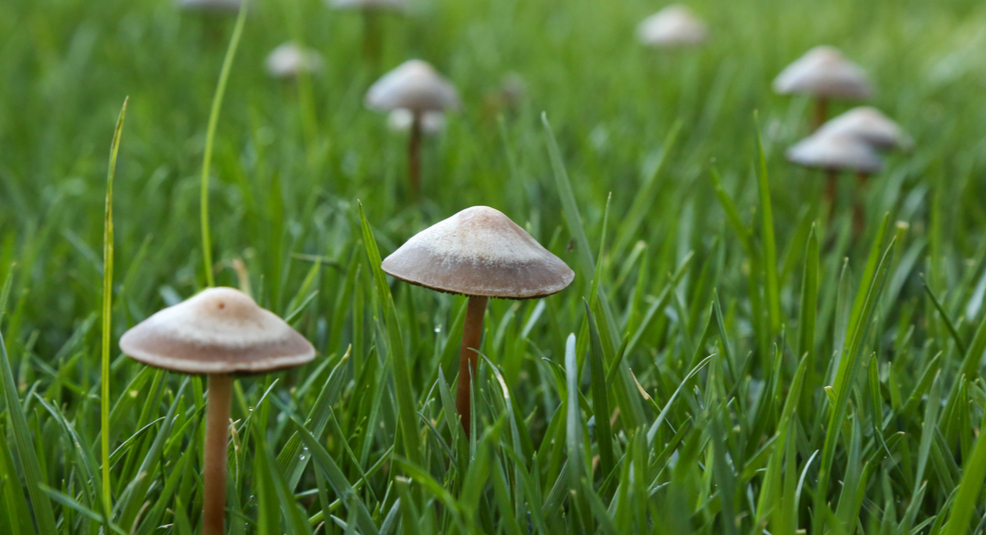
Panaeolus cinctulus (wild)
Commonly Misidentified Look-alikes
These mushrooms do not contain any psychoactive compounds. Some are toxic or even lethal. Always be 100% confident of a species ID before ingesting any wild fungi specimens.

Stropharia semiglobata
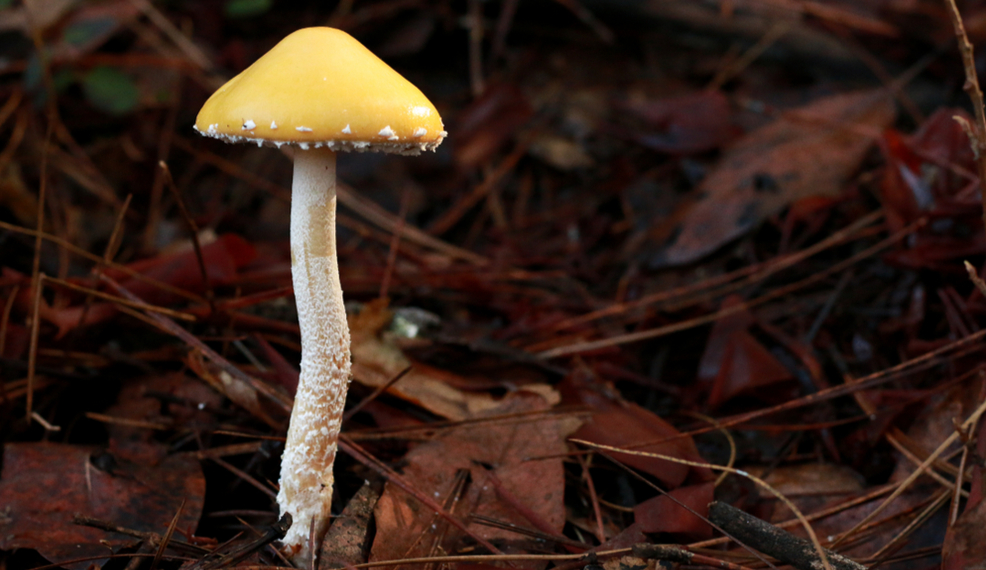
Stropharia ambigua
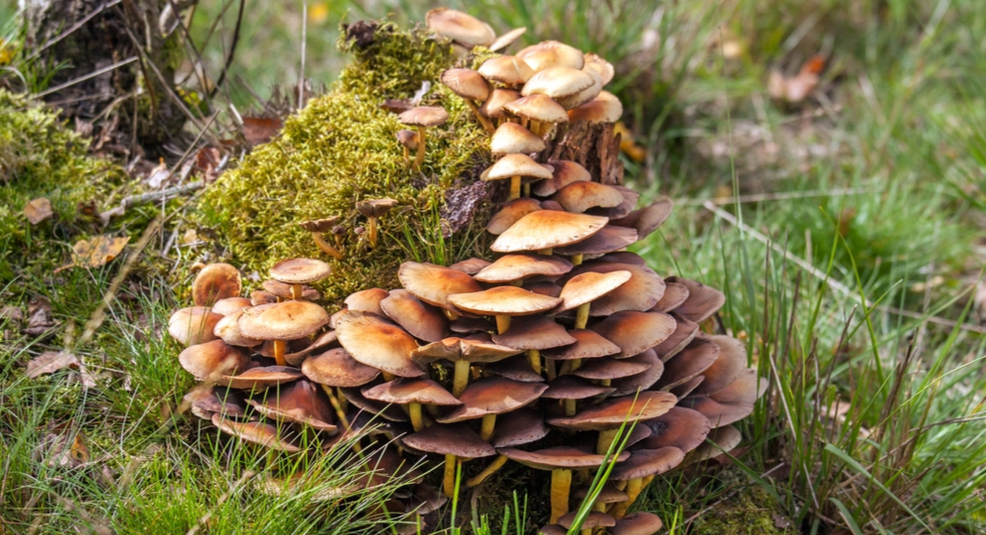
Hypholoma fasciculare (Toxic)
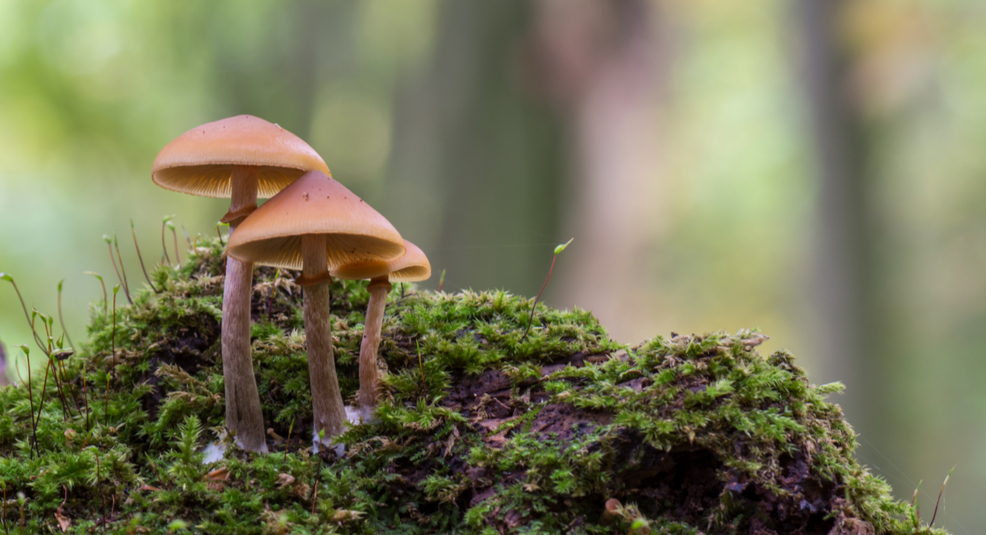
Galerina marginata (Lethal)
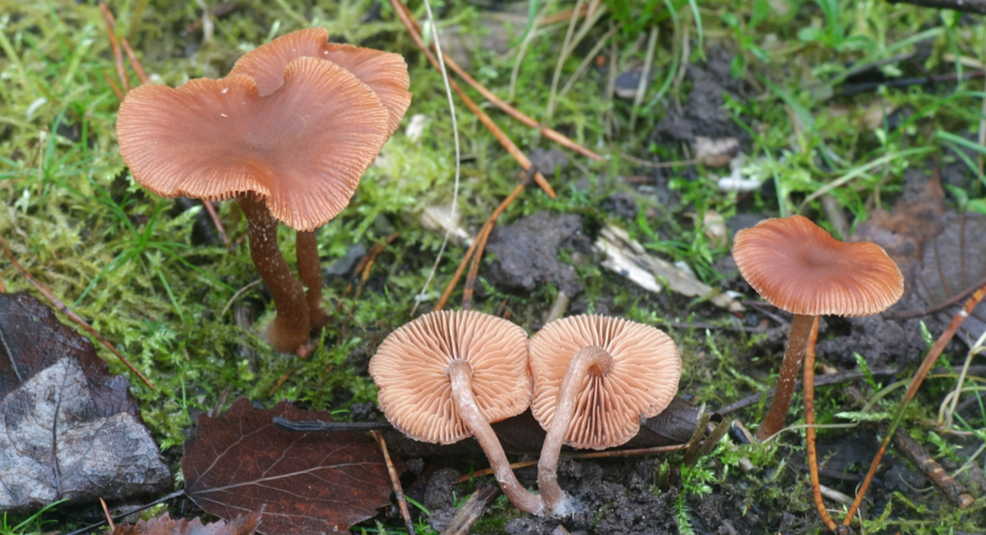
Tubaria furfuracea

Agrocybe praecox
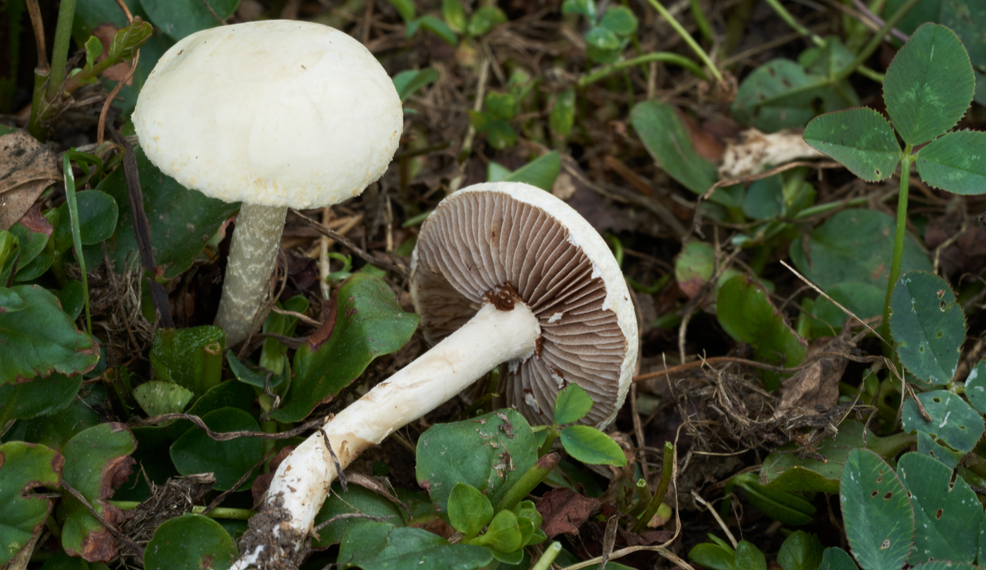
Agrocybe pediades
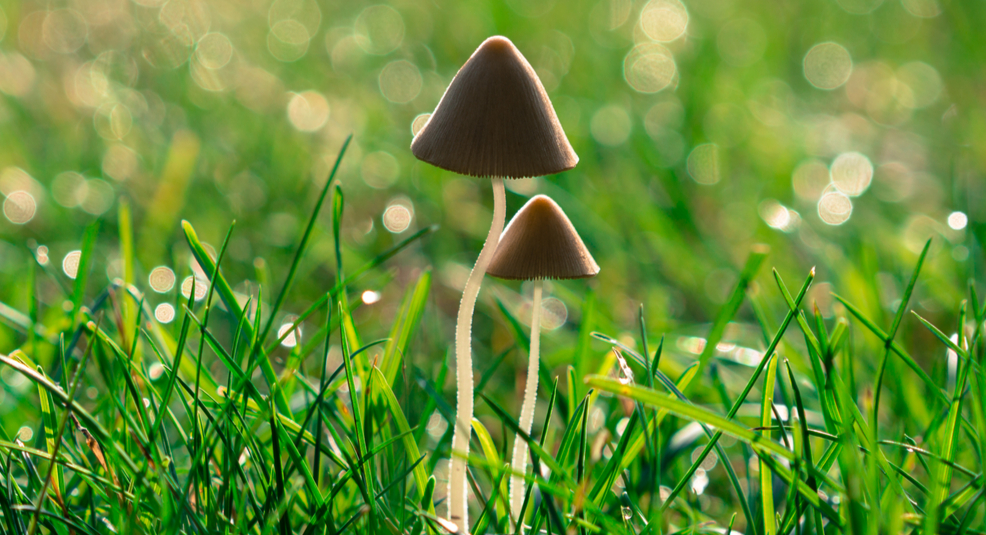
Conocybe apala (P. semilanceata look-alike)
Note: Though these mushrooms may look similar to an untrained eye, many of them have different habitats and growing conditions and further highlight the importance of proper identification.
Note 2: There are other genera of fungi that contain mushrooms that produce psilocybin and/or psilocin, such as Gymopilus or Inocybe. Psychoactive compounds are often in insignificant amounts and ingestion of these species is far less studied and experimentation should be left to experts.